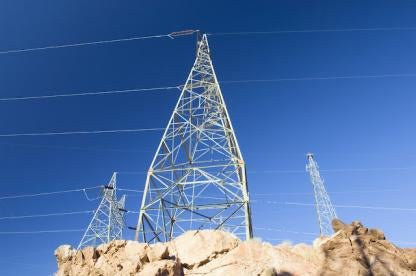We previously wrote about whether and how public-private partnerships (P3s) could be the answer to U.S. infrastructure issues and the many ways in which the P3 delivery model provides unique value.While P3s are used in a variety of sectors of infrastructure development, energy and power projects particularly lend themselves to the P3 delivery model. Technology is the main driver in any energy project, whether it is power plants and natural gas facilities, implementation of wind and solar power, or the overhaul of entire utility systems. Furthermore, because of the importance of renewable, efficient, and sustainable energy, this technology is constantly changing and improving.
Federal and state governments are also constantly implementing new policies that incentivize different types of energy and power infrastructure projects. For example, the Environmental Protection Agency just released a replacement for the Clean Power Plan, called the Affordable Clean Energy Rule, which allows states to set their own carbon emission standards, and provides certain options to improve coal-fired power plants, but does not allow carbon capture technology. States are also taking action that will not only incentivize, but require that new infrastructure projects use certain types of energy technology. Following in California’s footsteps, the New York legislature also just passed a bill, currently awaiting the Governor’s signature, that requires the state to obtain 70% of its electricity from renewable energy sources by 2030 and become 100% carbon free by 2040.
Because of the rapid innovation of these technologies and policies, the P3 delivery model is especially useful. In any P3 the private sector typically operates and maintains the project for decades. The private sector is much better equipped to quickly react to and implement new technologies that may make the project more efficient, when governments may not be able to act as quickly or fund such implementation. The private sector’s enhanced technical capacity is critical to the ongoing success of the project. Recent P3 successes include a wind farm in Lafayette Township, Michigan, the Ohio State University overhaul of its heating, cooling, and power systems, and Duquesne University’s recent waste-to-energy deal. Fresno State University and the Puerto Rico Electric Power Authority have similar projects in the pipeline.





 i
i


